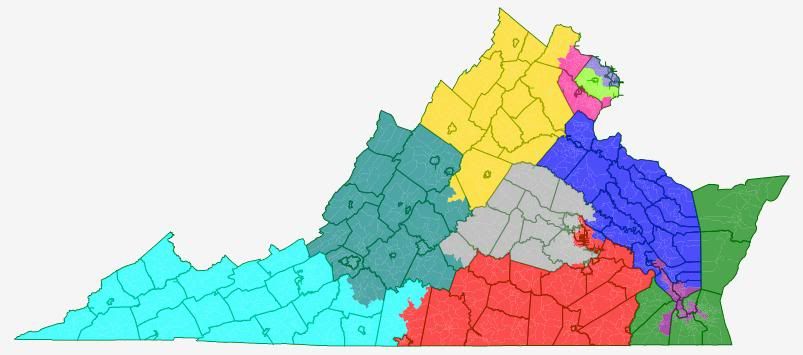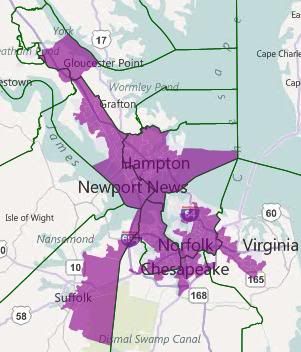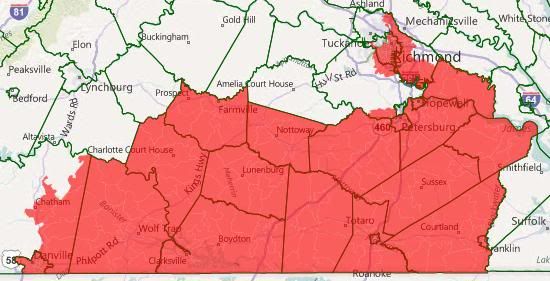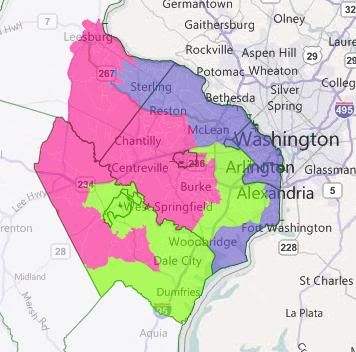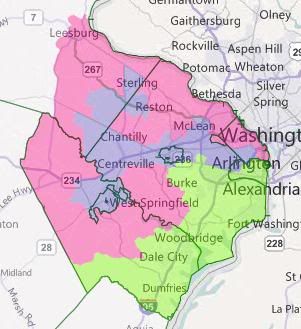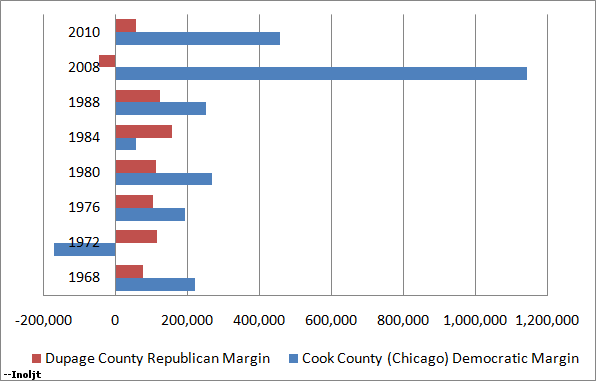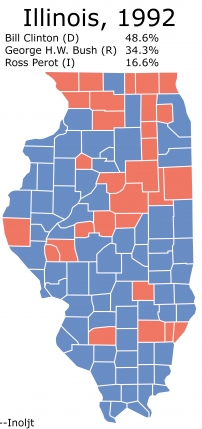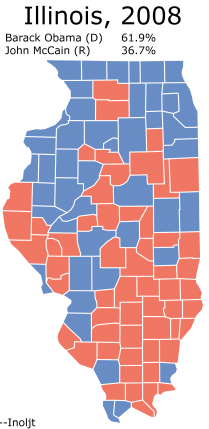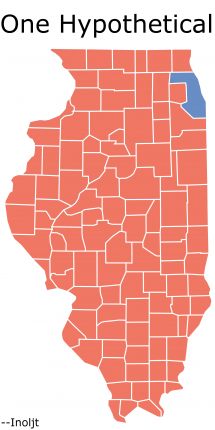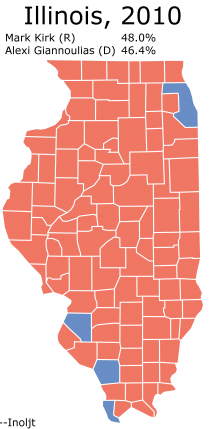For those who don’t know “a clause in the document annexing Texas to the United States allowed for Texas to be divided into five different states.”
For more info on that topic, you can visit: http://www.snopes.com/history/…
Long story short, it’s kind of unnecessary since Article IV, Sec. 3 of the U.S. Constitution already allows for states to be split apart.
Since Texas can’t succeed (sorry Gov. Perry) I thought why not for fun split it into five states.
Texas being so big it’s hard to classify the state. East Texas in general is more like the old South. West Texas is more like the plains states. South Texas is more like a border state in the Southwest. In addition:
…El Paso, in the western corner of the state, is closer to San Diego, California than to Beaumont, near the Louisiana state line; Beaumont, in turn, is closer to Jacksonville, Florida than it is to El Paso. Texarkana, in the northeastern corner of the state, is about the same distance from Chicago, Illinois as it is to El Paso, and Dalhart, in the northwestern corner of the state, is closer to the state capitals of Kansas, Colorado, New Mexico, Oklahoma and Wyoming than it is to Austin, its own state capital.
http://en.wikipedia.org/wiki/G…
Here goes…
After racking my brain to come up with some clever names for these 5 new states I finally came up with North Texas, South Texas, East Texas, West Texas, Central Texas. I also tried to estimate how the 36 congressional districts might get split between the 5 new states.
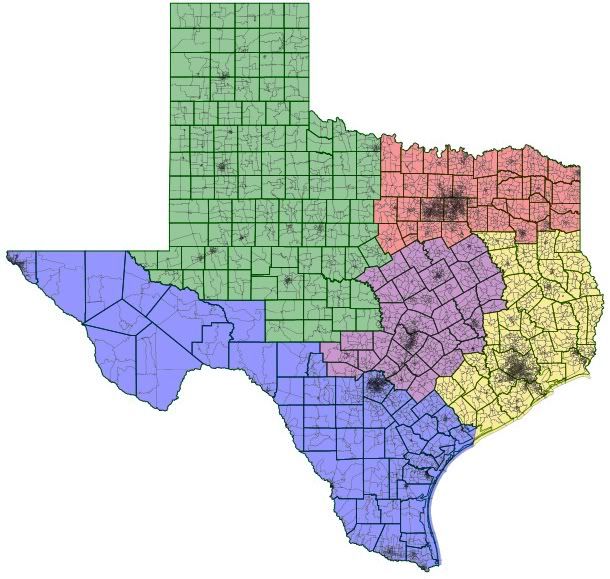
Starting with the smallest and working our way up.
West Texas
Green
Pop. 1.8 million
66% White/26% Hispanic/6% Black/2% Asian
75% McCain/25% Obama
Major cities: Midland, Odessa, Abilene, Amarillo, Lubbock, San Angelo, and Wichita Falls.
Now Gov. Perry can go back to West Texas and be governor.
Think of this as the Texas of the movies, i.e. Giant.
In terms of population it’s in between West Virginia and New Mexico, which would give it 3 congressional districts. No matter what, this would be a state that Republicans would dominate.
Central Texas
Purple
Pop. 3.3 million
65% White/21% Hispanic/10% Black/4% Asian
54% McCain/46% Obama
Major cities: Austin, Round Rock, Killeen, Temple, Fort Hood, Waco, Bryan, College Station
Although it has a Republican lean, I could easily see this state having a Governor Chet Edwards. A moderate-conservative Democrat could win statewide here.
In terms of population, it would be between Iowa and Connecticut with probably 4 congressional districts with maybe a 3-1 Republican majority or even at 2-2.
South Texas
Blue
Pop. 5 million
68% Hispanic/26% White/4% Black/2% Aisan
56% Obama/44% McCain
Major cities: San Antonio, El Paso, Laredo, Corpus Christi, Brownsville, McAllen
A state with a solid Hispanic majority, it’s a state that Democrats would definitely be the governing majority.
In terms of population, it would be just ahead of Colorado, so it would likely have 7 congressional districts, possibly all Democrats or a 6-1 Democratic majority.
East Texas
Yellow
Pop. 7.1 million
53% White/25% Hispanic/17% Black/5% Asian
56% McCain/44% Obama
Houston would be the dominate city in this state, followed by the smaller ones like Beaumont and Galveston
This state would definitely a Republican majority, but the right Democrat could probably win it. If the minority population continues to increase, so could the Democratic influence. The right Democrat could probably have a chance here.
In terms of population, it would be in between Washington and Virginia so probably 10 congressional districts with a 6-4 Republican split or 7-3 Republican tilt.
North Texas
Pink
Pop. 7.7 million
64% White/18% Hispanic/13% Black/5% Asian
58% McCain/42% Obama
Major cities would of course be DFW, followed by the bedroom communities around them plus Tyler.
An even stronger Republican tilt, but again like East Texas, with increasing minority strength, it should be contested by Democrats.
In terms of population, again like East Texas, in between Washington and Virginia, so again, 10 congressional districts with a 6-4 or 7-3 Republican tilt.
For the two left over congressional districts, I’d lean to towards giving one to Central Texas and one to South Texas. Both lean closer than the others to getting the extra seats.
In terms of the Electoral College, Democrats would come out ahead. The new division means the Senate and the Electoral College have to grow.
West Texas: 5 EV
Central Texas: 7 EV
South Texas: 10 EV
East Texas: 12 EV
North Texas: 12 EV
Republicans would conceivably win 36 EV, while Democrats would win 10 EV. The new reapportionment mean Texas gets 38 EV votes likely to go Republican.


